1. Adoption Fees vs. Buying from a Breeder
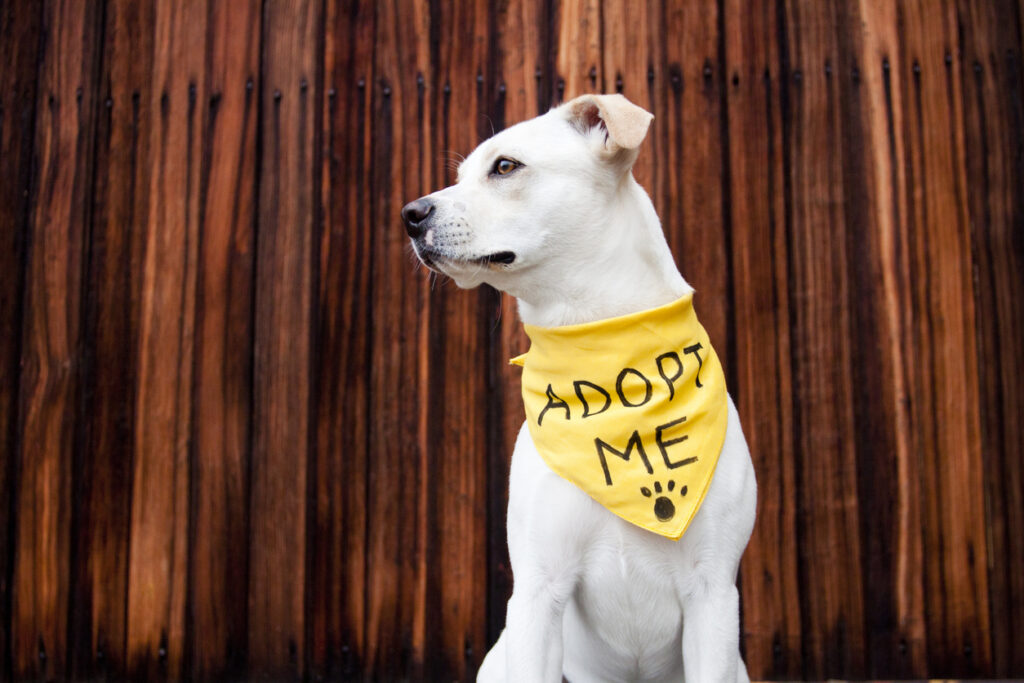
iStock/Jess Lessard Photography
Adopting a dog from a shelter or rescue is typically much cheaper than purchasing one from a breeder. Adoption fees usually range from $50 to $300 and often include spaying/neutering, vaccinations, and microchipping. Buying from a breeder, on the other hand, can cost anywhere from $500 to several thousand dollars, depending on the breed. While the upfront cost varies, adopting is often the more budget-friendly and ethical choice. It also supports a great cause by giving a home to a dog in need. Additionally, some shelters may offer discounts or promotions, making adoption even more affordable. Whichever route you choose, make sure it fits your budget and aligns with your values and long-term financial plans.
2. Initial Veterinary Costs
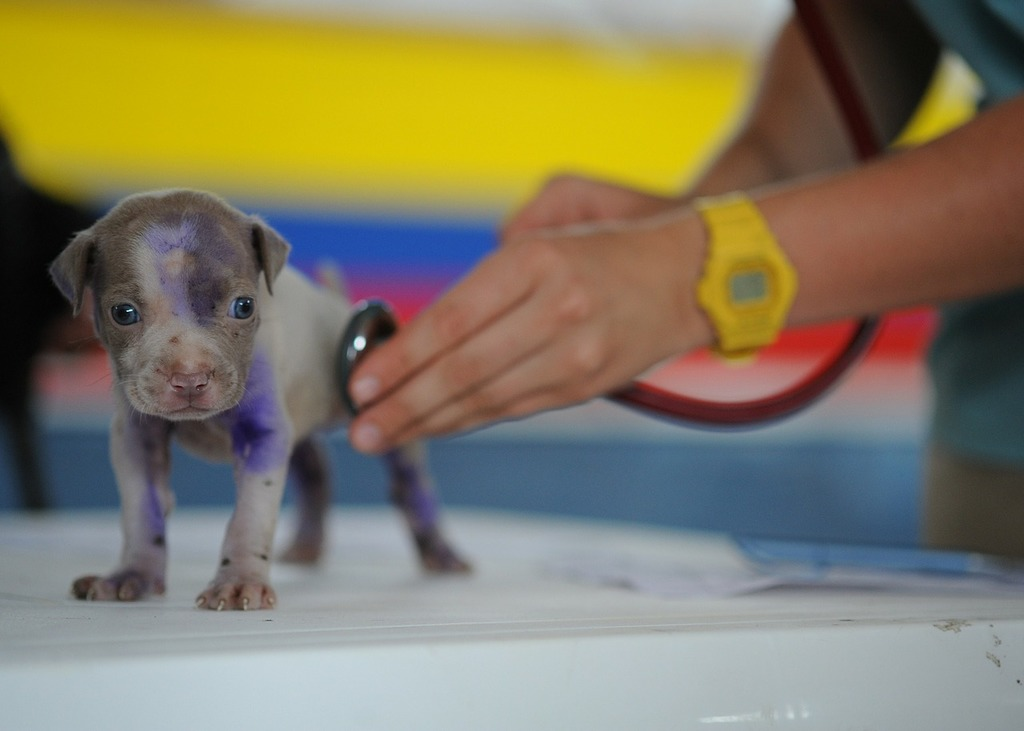
Picryl
The first few months of owning a dog often come with hefty vet bills. Expect to pay for vaccinations, deworming, and an initial wellness exam. These can cost anywhere from $200 to $500, depending on your location and the services your dog needs. Some shelters include these in the adoption fee, which can save you money. It’s also a good idea to discuss preventative care with your vet to avoid costly health issues later. Additionally, you might need to pay for a fecal test or flea treatment, which could add to the cost. Budgeting for these initial expenses ensures your dog starts their new life happy and healthy while reducing the risk of unforeseen health problems down the road.
3. Spaying or Neutering
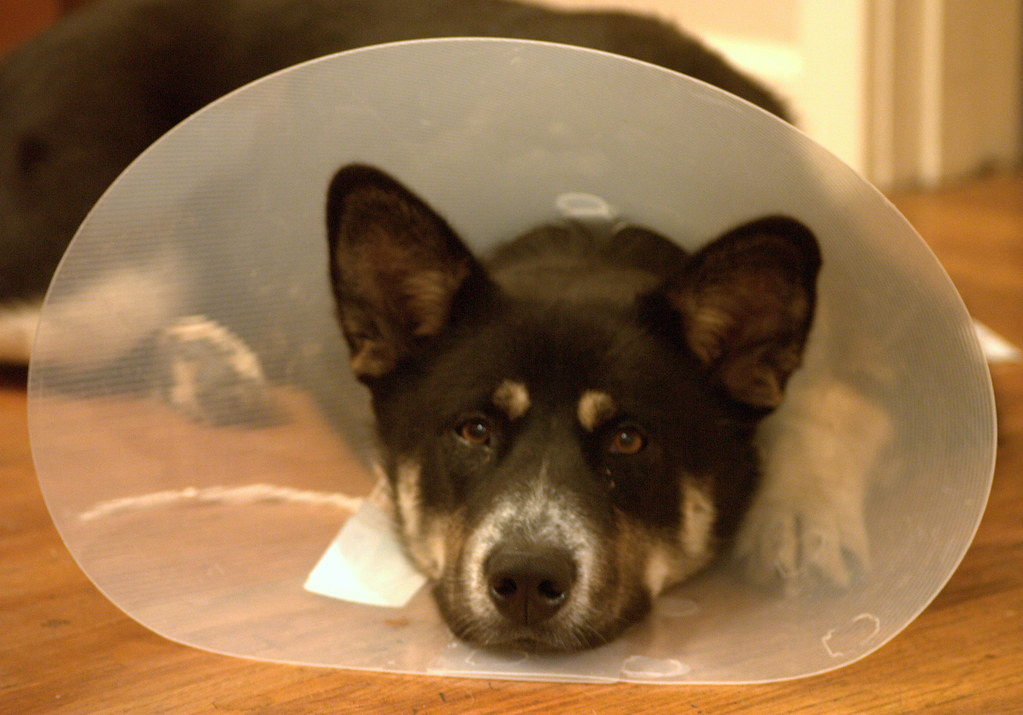
Flickr
If your dog isn’t already spayed or neutered, you’ll need to budget for this procedure. The cost typically ranges from $50 to $300, depending on the size of your dog and your location. Many shelters, nonprofit organizations, and low-cost clinics offer affordable options. Spaying or neutering not only helps control the pet population but also provides health benefits, like reducing the risk of certain cancers. For female dogs, it can eliminate the risk of uterine infections, while for males, it reduces the likelihood of testicular cancer. It’s an upfront expense that pays off in the long run, both in terms of health and avoiding surprise litters. Research local resources to find a clinic that fits your budget.
4. Dog Food and Treats

Rawpixel
Feeding your dog is a recurring expense that can vary greatly depending on their size, age, and dietary needs. High-quality dog food costs between $30 and $80 per month, and treats can add another $10 to $30. While it might be tempting to go for the cheapest option, investing in quality food can save you money on vet bills by keeping your dog healthier in the long term. Consider factors like grain-free options or specialized diets for allergies. Treats are a great way to reward your dog, but they should be given in moderation to avoid unnecessary weight gain and extra costs. Bulk buying or subscription services may also help reduce costs.
5. Routine Veterinary Care
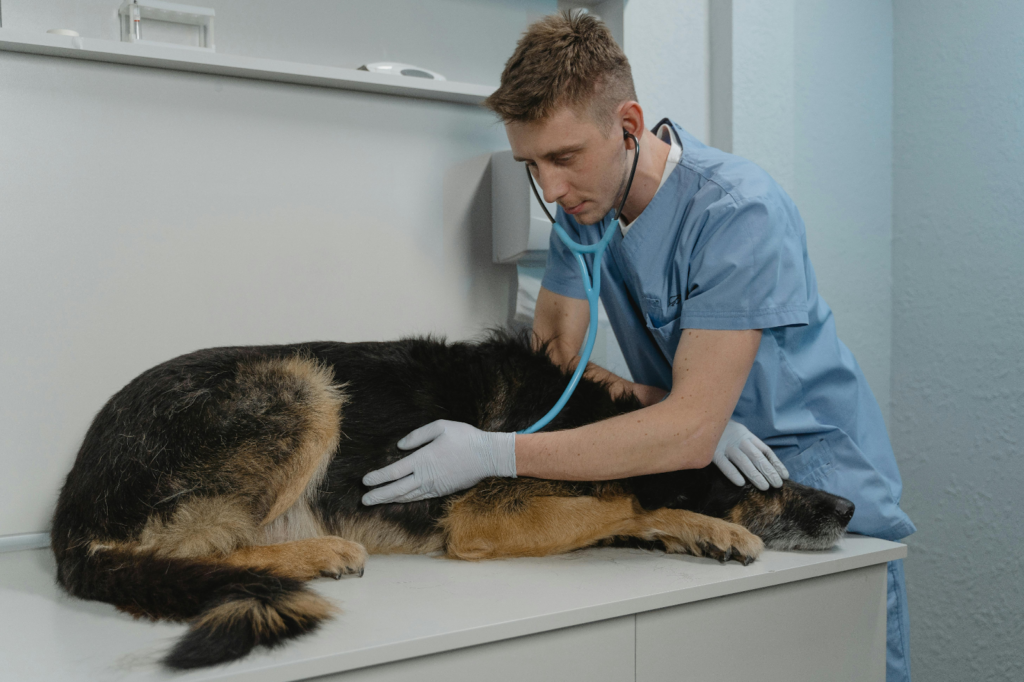
Pexels
Regular checkups are essential for your dog’s health and can help catch potential issues early. Annual wellness exams typically cost $50 to $200, depending on your vet and location. Vaccinations, flea/tick prevention, and heartworm medication are additional recurring expenses. Budget around $300 to $600 annually for routine care. Scheduling regular visits not only ensures your dog stays healthy but can also save you from costly emergency vet visits in the future. It’s also a good idea to discuss dental care during these visits since poor oral hygiene can lead to significant health issues and costly treatments. Preventative care is an investment in your dog’s long-term health and happiness.
6. Emergency Vet Visits
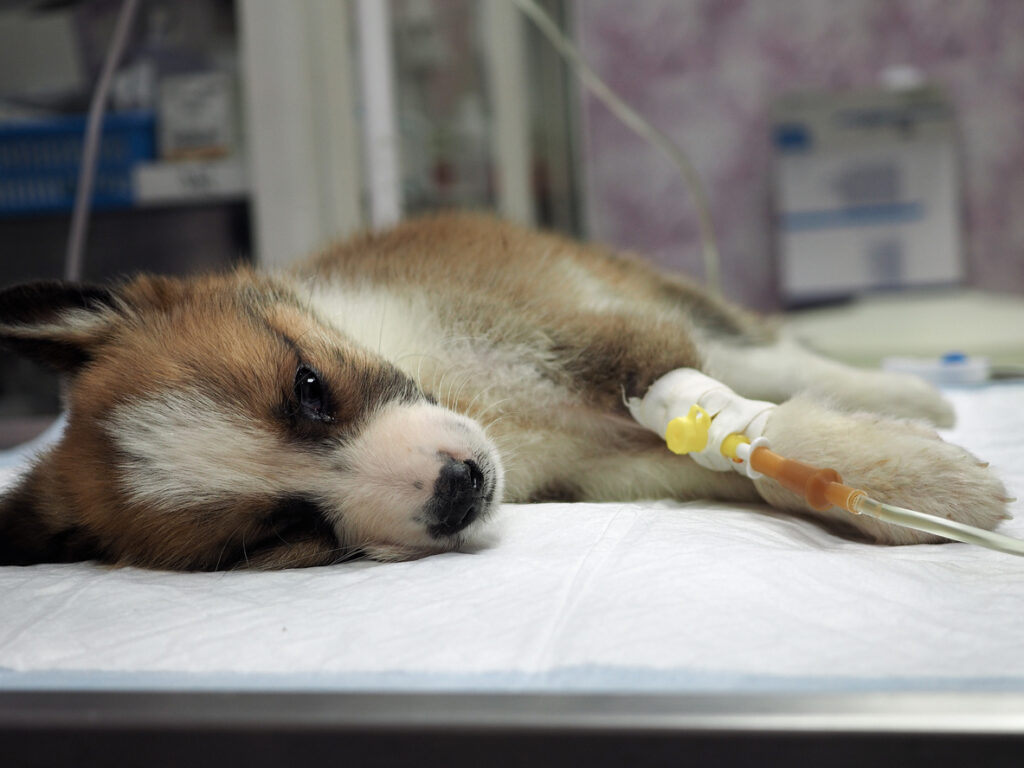
iStock/kozorog
Unexpected health issues can arise, and emergency vet visits are often expensive. Costs for diagnostics, treatment, or surgery can range from a few hundred to several thousand dollars. Setting aside an emergency fund or investing in pet insurance can help you manage these unpredictable costs. Consider opening a separate savings account specifically for pet emergencies. While it’s impossible to anticipate every emergency, being financially prepared ensures you can provide the best care when your dog needs it most. Some vets also offer payment plans or work with financing companies to help cover major costs. Researching these options ahead of time can save you stress during a crisis.
7. Pet Insurance

FMT
Pet insurance can be a lifesaver in covering unexpected medical expenses, but it’s an additional monthly cost to consider. Premiums range from $20 to $70, depending on the plan and your dog’s age, breed, and health history. Some plans also cover routine care, which can add value. Research different policies to find one that fits your needs and budget. Make sure to read the fine print, as some policies exclude pre-existing conditions or have waiting periods. While it’s an extra expense, insurance can provide peace of mind and save you significant money in emergencies. It’s worth considering, especially if your dog’s breed is prone to specific health issues.
8. Grooming Costs
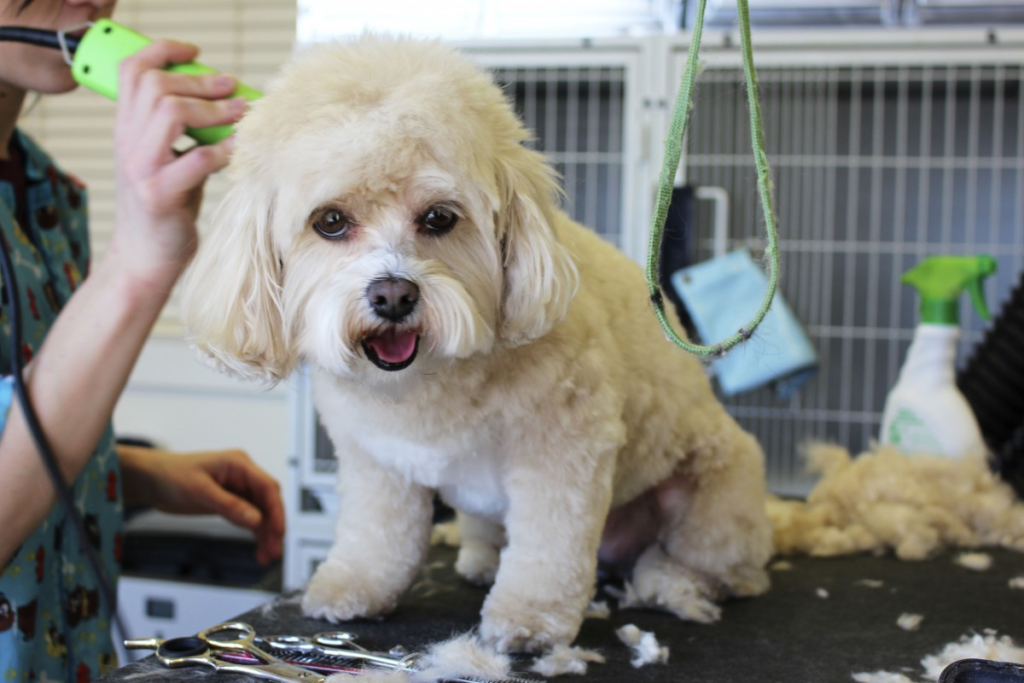
PxHere
Depending on your dog’s breed, grooming needs can range from occasional baths to regular trims. Grooming services typically cost $30 to $90 per session, while specialty breeds may require more frequent visits. Learning basic grooming skills like nail trimming and brushing can save you money. Invest in quality grooming tools if you plan to handle it yourself. Regular grooming keeps your dog looking and feeling great while preventing health issues like matting or overgrown nails. For long-haired breeds, professional grooming might be non-negotiable, but you can offset costs by handling simple tasks at home. Don’t forget to budget for shampoos, brushes, and other supplies.
9. Training and Behavior Classes
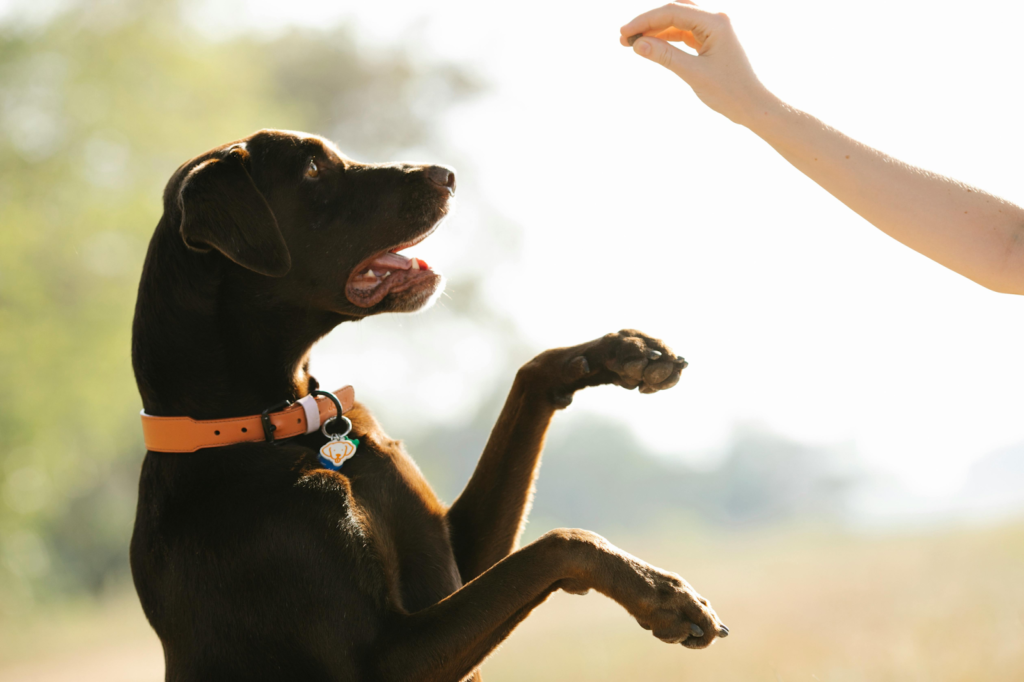
Pexels
Professional training classes are an invaluable investment, especially for puppies or rescue dogs. Basic obedience classes cost $100 to $200 for a multi-week course. Advanced training or private sessions may cost more but can address specific behavioral issues. Proper training not only makes life easier but also ensures your dog’s safety and well-being. If classes aren’t in your budget, many online resources and videos can help you train your dog at home. Training also strengthens your bond with your dog, making it a worthwhile investment. Look for local training schools that offer group classes, which are often more affordable than private sessions.
10. Dog Walking Services

Pexels
If you work long hours, hiring a dog walker ensures your pup gets the exercise and bathroom breaks they need. Dog walking services typically cost $15 to $30 per walk. While this can add up, it’s a worthwhile expense for busy owners. Alternatively, you can arrange a walking schedule with neighbors or friends to reduce costs. Regular walks are essential for your dog’s physical and mental health, so make sure this need is met, even on a budget. Apps like Rover or Wag can connect you with affordable, vetted walkers. Exercise isn’t just for fun; it’s a key component of a healthy lifestyle for your pet.
11. Pet Sitting or Boarding

Rawpixel
When you travel, you’ll need someone to care for your dog. Boarding facilities charge $25 to $75 per night, depending on the services provided. Pet sitters are another option, with rates varying based on location and experience. Budget for these costs when planning vacations or trips. Building a relationship with a trusted sitter or using a reputable service ensures your dog is well cared for in your absence. Apps like Rover and trusted word-of-mouth recommendations can help you find reliable sitters. Some sitters may even offer discounted rates for extended stays or repeat clients, helping to lower overall costs.
12. Dog Beds and Crates

Rawpixel
A comfortable bed and a safe crate are essential for your dog’s well-being. High-quality beds cost $30 to $100, while crates range from $50 to $200, depending on size and features. These items are one-time purchases, but durability matters. Invest in sturdy options that will last, saving you from frequent replacements. A cozy bed and crate provide your dog with a sense of security and comfort, making them worth the initial expense. Look for washable options to extend the life of these items and maintain hygiene. Training your dog to use their crate can also make travel and vet visits less stressful.
13. Leashes, Collars, and Harnesses
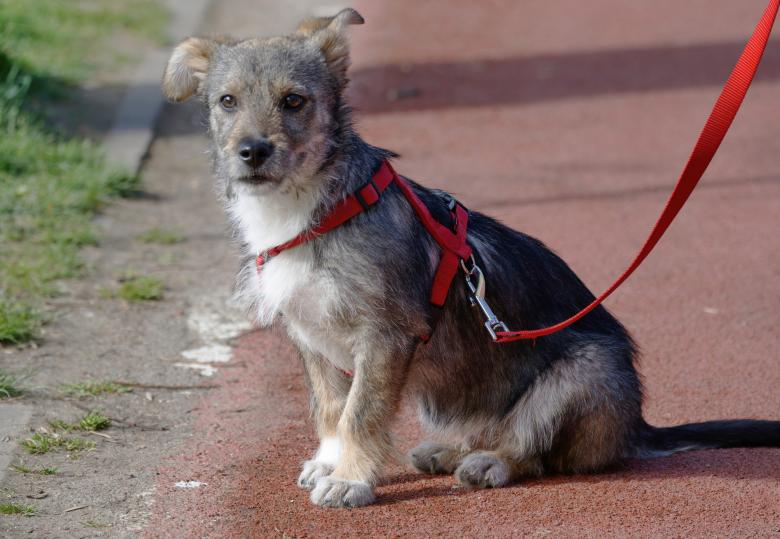
StockVault
Leashes, collars, and harnesses are daily essentials that need to be safe and durable. Expect to spend $10 to $50 on these items, depending on quality and style. Reflective or light-up options are great for nighttime walks. Regularly inspect them for wear and tear to avoid accidents. Investing in well-made accessories ensures your dog stays safe and comfortable during walks and outings. Some harnesses are designed for specific breeds or purposes, like reducing pulling, so choose what suits your dog’s needs. Having backups for these items can be helpful, especially during travel or emergencies.
14. Toys and Enrichment

Rawpixel
Toys aren’t just for fun—they’re essential for your dog’s mental and physical stimulation. Plan to spend $20 to $50 annually on toys that suit your dog’s size and play style. Puzzle toys and treat-dispensing gadgets can provide hours of entertainment and reduce boredom-related behaviors. Rotate toys to keep them exciting and prolong their lifespan. Quality over quantity ensures your dog stays engaged without overspending. Additionally, DIY toy ideas, like repurposing old household items, can save money while providing the same level of enrichment. Regular playtime with toys strengthens your bond and keeps your dog active and happy.
15. Flea and Tick Prevention
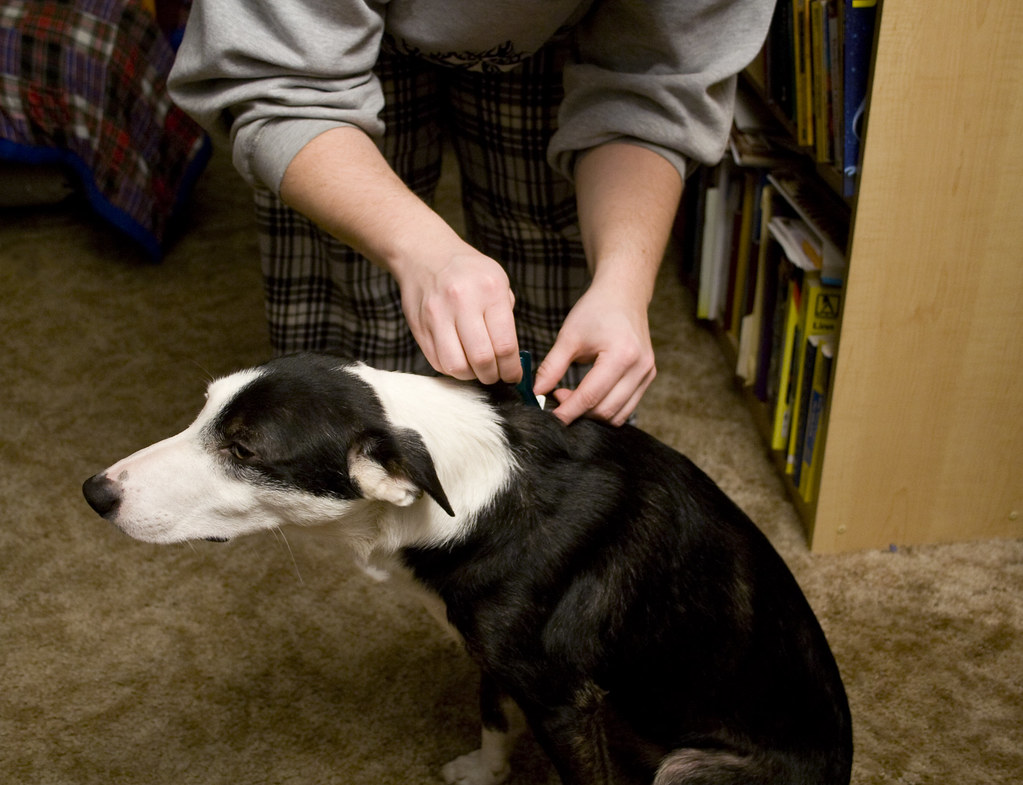
Flickr
Preventative measures for fleas and ticks are a must, especially in warmer months. Medications range from $10 to $30 per month, depending on your dog’s size and the product you choose. Preventative care is far cheaper than treating an infestation or illness caused by these pests. Regular grooming and cleaning can also help minimize risks. Be proactive with treatments during peak seasons to keep your dog comfortable and healthy. Consult your vet about the best options for your dog’s lifestyle and environment, as some products also protect against other parasites.
16. Licensing and Microchipping
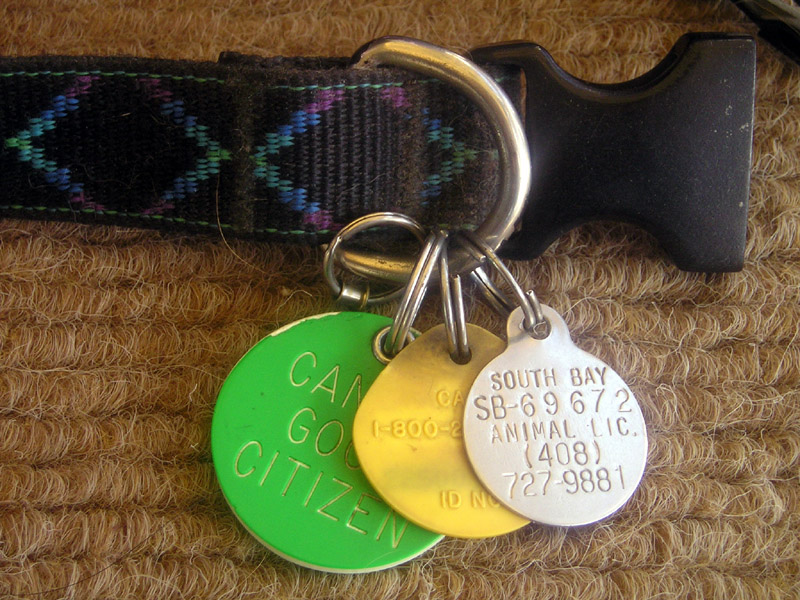
Wikimedia Commons
Most areas require dogs to be licensed, which typically costs $10 to $50 annually. Microchipping is a one-time expense of $25 to $50 and ensures your dog can be identified if lost. These small costs provide immense peace of mind and are often required by law. Keeping your dog’s information up to date is crucial for their safety. Many shelters and clinics offer microchipping at reduced rates during special events. Having both a license and a microchip increases the chances of a happy reunion if your dog ever goes 00missing.
17. Seasonal Gear

iStock
Depending on your climate, you may need seasonal gear like coats, boots, or cooling vests. These items typically cost $10 to $50 each but ensure your dog’s comfort in extreme weather. Investing in quality seasonal gear protects your dog’s health and prevents issues like frostbite or overheating. Consider your dog’s breed and coat type when choosing these items, as some dogs may need extra protection. Budgeting for these occasional expenses keeps your pet safe and happy year-round.
18. Pet-Friendly Housing Fees

Pexels
If you rent, be prepared for pet-related deposits or monthly fees. These costs vary widely but can add $10 to $50 per month to your rent. Research pet-friendly housing options and factor these expenses into your budget. Owning a dog may limit your housing choices, so plan accordingly. Some landlords may offer reduced fees for smaller or well-behaved dogs. Make sure to review your lease agreement carefully to understand any restrictions or additional costs associated with pet ownership.
Owning a dog is a joyful and rewarding experience, but it requires careful financial planning. By understanding the costs and budgeting accordingly, you can provide your furry friend with a happy, healthy life without unnecessary stress.


